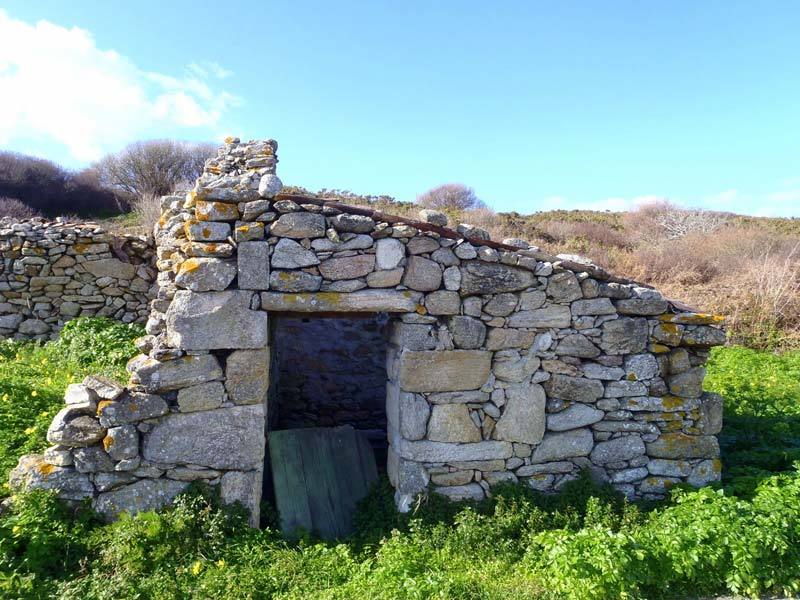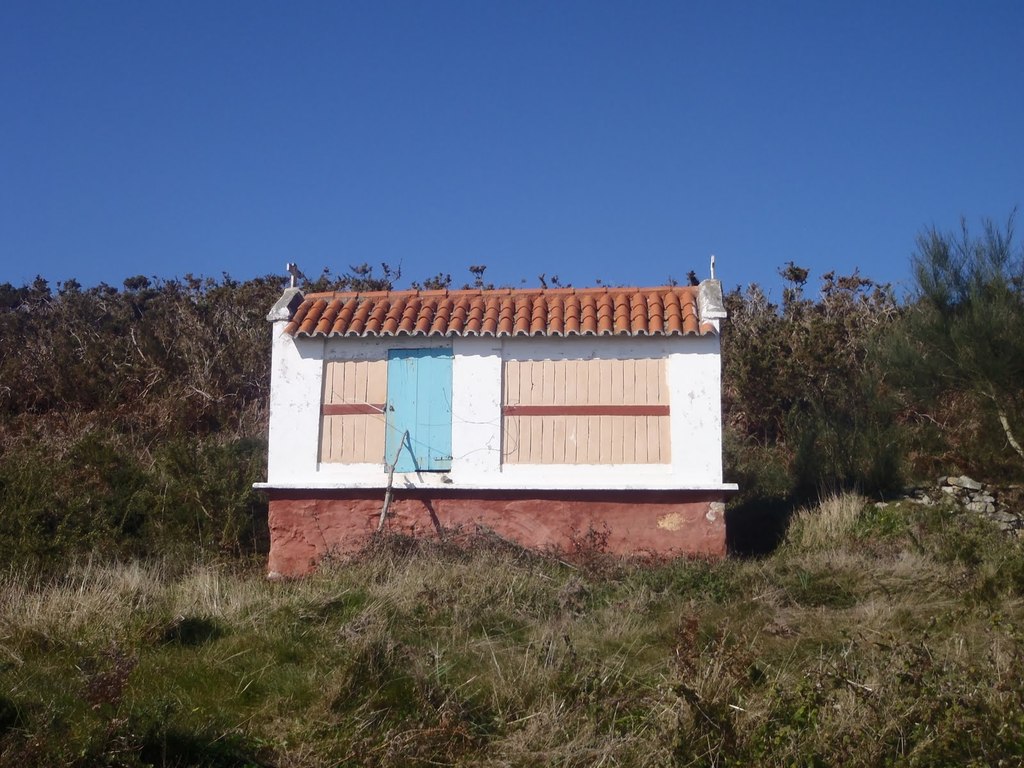In 1810 in the times of the Independence War, a decision of fortifying the island was taken so it was populated again with workers from the nearby places in order to construct two coastal artillery units. The remains of Roda´s Castle could be visited.
Between 1835 and 1840 a salt factory was built changing the inhabitants´ lives who used to work in the land and agricultural sector. they will find an opportunity of improving their living conditions with these sea resources providing the factory with food.
The ship used was the dorna (a small boat of Norman inspiration) very appropiate for navigation in the open sea sailed by experts. They also grew corn, rye, potatoes and vegetables as well as livestock, sheep, goats and pigs.
In 1929 a trading company is founded working on the drying and selling of the conger eel and the octopus. This way, people from the islands would specialise in the cooking of the octopus to our days.
After the Civil War,the trading company disappeared and the island was expropiated by the state in 1940 allegating national defense interests. Apart from a small detachment, the island had no militar use and different state administrations ruled it like national institute of colonization, IRYDA or ICONA, being transfered to the Xunta de Galicia in 1983/1984 until the present.
In 2002 it would become part of the National Park of the Galician Atlantic islands


